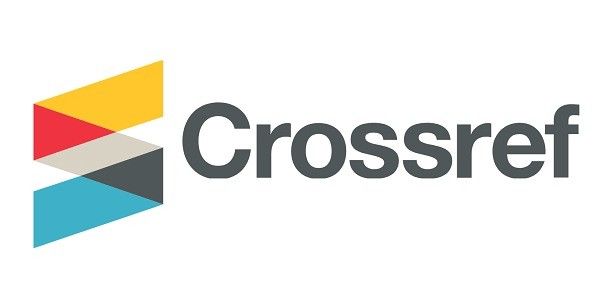ANALYSIS OF WRITTEN JARGON IN HOTEL ADVERTISEMENT IN BALI
DOI:
https://doi.org/10.25078/ijoss.v3i1.4801Keywords:
jargon, Advertisement, HotelAbstract
The study focused on analyzing the use of jargon in hotel advertisements in Bali, with data limited to 10 instances. Its objectives were to identify the forms of jargon, determine the most dominant form, and understand the reasons behind their use. The research was conducted using a descriptive qualitative approach. The findings revealed two forms of jargon based on Halligan's theory, along with the discovery of jargon in sentence form. Of the 10 instances, there was 1 occurrence of word forms, 3 of phrase forms, and 6 of sentence forms. Acronyms and abbreviations were not present. The analysis indicated that sentence forms were the most dominant, accounting for 6 occurrences or 60%. This dominance is attributed to their ability to convey information clearly and precisely to the audience—in this case, the customers. The primary goal was to ensure that the information delivered through jargon was both unambiguous and appropriately informative.










